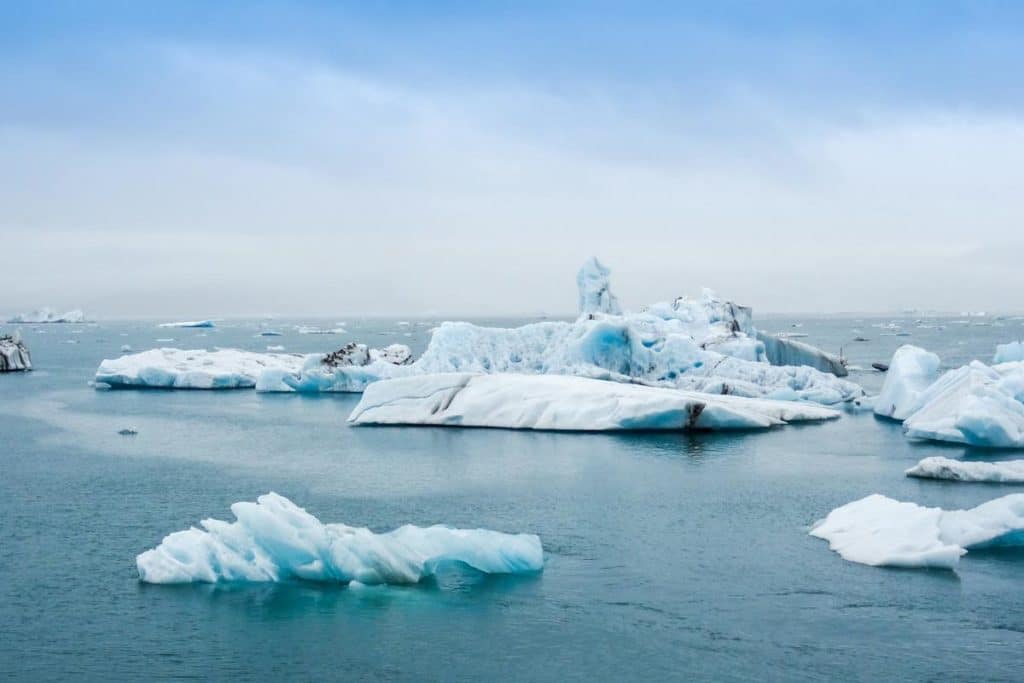Climate change, a term that resonates with alarming urgency in today’s world, is not just a buzzword but a stark reality impacting our planet. This phenomenon, driven predominantly by human activities, is reshaping the Earth’s climate system, leading to far-reaching effects on the natural environment and human society. The need to understand and address climate change is more critical than ever. In this article, we delve into five of the most disturbing facts on climate change, providing an in-depth analysis of each to foster a deeper understanding of this global challenge.
1. Accelerated Global Warming
The acceleration of global warming is a fact that cannot be understated. Since pre-industrial times, human activities, primarily fossil fuel burning, have increased atmospheric CO2 concentrations by over 40%. This has led to a greenhouse effect, trapping more heat in the Earth’s atmosphere. The consequences are far-reaching and multifaceted. It’s not just the increase in average temperatures; it’s the alteration of entire climatic systems.
Glaciers and polar ice caps are melting at unprecedented rates, contributing to rising sea levels. This poses a significant threat to coastal communities and low-lying islands. Moreover, the changing climate patterns affect agricultural productivity, leading to food security issues, especially in vulnerable regions. The warming also disrupts natural ecosystems, forcing wildlife to migrate to cooler areas, thereby upsetting ecological balances. The urgency to reduce greenhouse gas emissions and transition to renewable energy sources has never been more critical.

2. Ocean Acidification
The impact of climate change on our oceans goes beyond warming waters – it fundamentally alters their chemistry. The increased absorption of CO2 leads to a series of chemical reactions, resulting in lower pH levels in the water, thus making the oceans more acidic.
This acidification is a major threat to marine biodiversity. It particularly affects calcifying species such as corals, mollusks, and plankton, which form the basis of marine food webs. As these organisms struggle to maintain their shells in more acidic conditions, the entire marine ecosystem faces disruption. The impact extends to humans, with fisheries and aquaculture, crucial sources of food and income for billions, being at risk.
Acidification also exacerbates the effects of other stressors on the ocean, such as pollution and warming waters, leading to dead zones and loss of marine habitats. The need for reducing CO2 emissions is not just about the air we breathe but also about preserving the health of our oceans.
3. Loss of Biodiversity
Climate change’s impact on biodiversity is both profound and far-reaching. As habitats shift or become unsuitable for existing species due to changes in temperature and precipitation, animals and plants are forced to migrate, adapt, or face extinction. This loss of biodiversity has a cascading effect on ecosystems. For instance, the loss of a single pollinator species can affect a whole plant community and the animals that depend on it.
Furthermore, the reduction in biodiversity can weaken the ability of ecosystems to provide essential services, such as carbon sequestration, water purification, and soil fertility, exacerbating the effects of climate change.
Additionally, the loss of genetic diversity within species makes them more vulnerable to diseases and changing environmental conditions. The importance of preserving biodiversity cannot be overstated, as it is crucial not only for ecological balance but also for the cultural, recreational, and economic value it provides to human societies.
4. Increased Extreme Weather Events
The increase in extreme weather events is a direct consequence of the destabilization of the Earth’s climate system. As the planet warms, more energy is added to the climate system, increasing the frequency and intensity of storms, heatwaves, and other extreme weather events. These events have devastating immediate impacts, such as loss of life, destruction of infrastructure, and economic losses. For example, intense hurricanes and cyclones have become more destructive due to higher sea surface temperatures and rising sea levels, leading to more significant storm surges and flooding.
Heatwaves have become more frequent and severe, causing health crises, especially among the elderly, children, and those with pre-existing health conditions. Droughts are becoming more prolonged and severe in many regions, impacting water availability, agriculture, and food security. The increased frequency of wildfires, driven by hotter and drier conditions, leads to massive losses of forests, property, and lives. These extreme events also have long-term socioeconomic impacts, often exacerbating inequalities and straining resources for recovery and adaptation.

5. Threat to Human Health
The threat of climate change to human health is multifaceted and growing. It extends beyond the direct impacts of extreme weather events. Rising temperatures contribute to poorer air quality, which exacerbates respiratory conditions like asthma and can lead to an increase in cardiovascular diseases. The spread of vector-borne diseases is another significant concern. As temperatures rise, the habitats of disease-carrying insects like mosquitoes expand, leading to a wider spread of diseases such as malaria, dengue fever, and Zika virus.
Furthermore, climate change affects food security; changes in temperature and precipitation patterns, along with extreme weather events, can disrupt food production, leading to shortages and increased food prices. This not only leads to nutritional deficiencies but also contributes to social unrest and migration. Water scarcity and contamination are also growing concerns, as changes in rainfall patterns and increased occurrence of floods and droughts affect the availability and quality of freshwater resources.
Mental health is another aspect impacted by climate change, with increased stress and anxiety levels associated with the effects of extreme weather events and the uncertainty of future conditions. Addressing these health challenges requires not only mitigating climate change but also strengthening healthcare systems to cope with its impacts.
Conclusion
The facts on climate change paint a daunting picture of the present and future state of our planet. Addressing this global crisis requires concerted efforts from individuals, communities, and governments worldwide. Understanding these disturbing facts is the first step towards taking meaningful action to mitigate and adapt to the effects of climate change. Our actions today will define the legacy we leave for future generations.
















